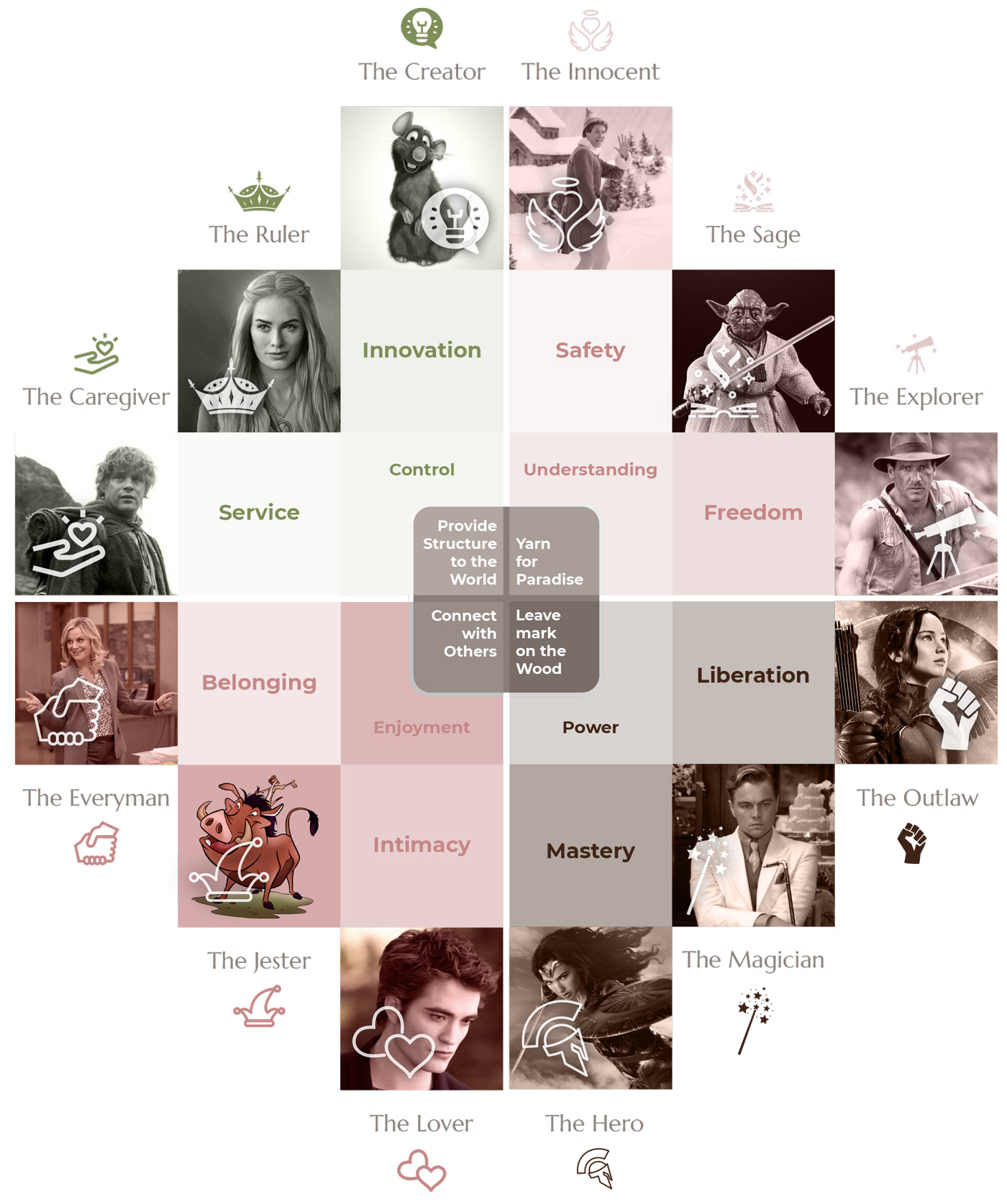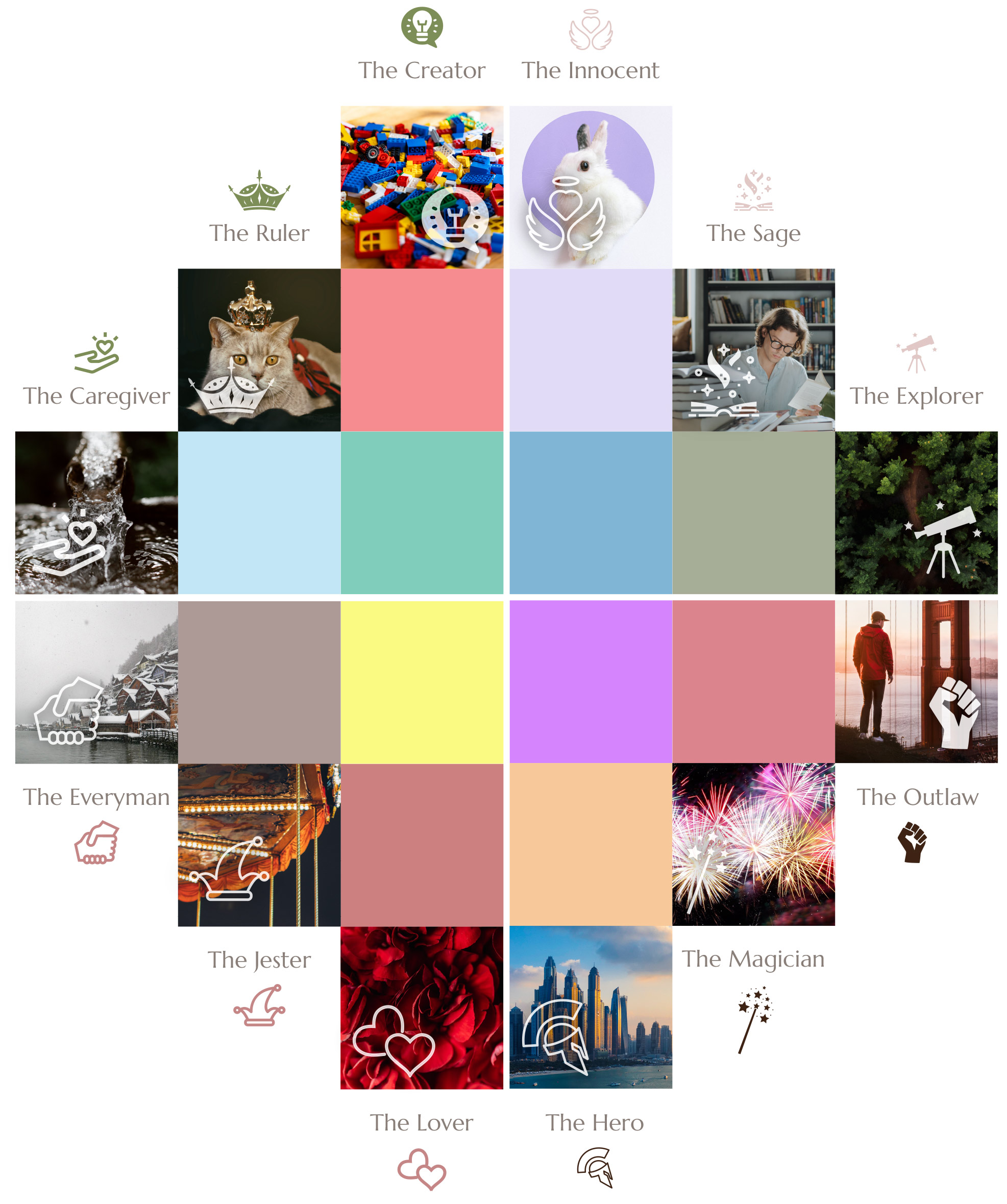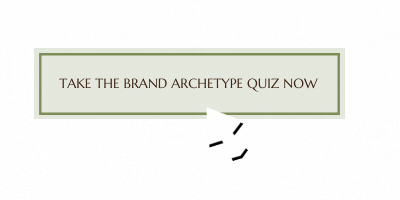When it comes to positioning your brand, you’ll want to use every item in your toolbox. This includes methods that tap deep into the human subconscious—and few tools accomplish this better than the Jungian archetypes.
In 1947, Swedish psychologist and philosopher Carl Jung identified 12 main character archetypes—images and themes that Jung believed were shared by all of humanity in our collective subconscious. We recognize these archetypes in literature, film, and pop culture: the courageous hero, the dastardly king, the comic relief, or the rebel with a heart of gold.
More recently, Jung’s character archetypes have made their way into branding and marketing spheres. Just as each person has an archetype they most relate to, every brand can be aligned with a particular archetype, which they can then use to connect more intimately with their audience.
In a previous blog post, we laid out the basics of each archetype, so you can figure out which best represents your brand. (For even clearer insight, take our Brand Archetype Quiz.) Now, we’ll discuss practical strategies for implementing your brand archetype into your marketing to create a personal connection with your ideal audience.
Why Archetypes Work
You might be skeptical about whether archetypes actually work in branding. After all, Carl Jung was a psychologist and philosopher, not a marketing executive! But he was right about the power of the subconscious.
According to Harvard professor Gerald Zaltman, 95% of our purchasing decisions take place in the subconscious. That means most of the time, you’ve already decided where to spend your money before you’re even aware of it yourself. So it’s critical to tap into the deepest recesses of your audience’s minds—and archetypes are a remarkably effective way to do that.
Jung’s character archetypes aren’t just literary clichés—they’re an evolutionary survival mechanism, hardwired into our brains throughout the centuries. They represent universal patterns of human behavior that we instantly recognize and understand, which helped our ancient ancestors determine who to trust and who to avoid. So, by embodying your brand archetype, you’re giving your audience a shortcut to understanding your business.
Integrating your brand archetype into your marketing is also a key strategy for forging an emotional connection with your audience. Think about your favorite fictional character from a beloved book, film, or TV series. You might feel so strongly connected to that character that you think of them as a friend—and if that character was killed off in their story, you probably mourned them with real grief.
Often, we forge that strong emotional connection with fictional characters because we see them as a mirror of ourselves. We might recognize shared qualities between us—those who would do anything for their friends feel a kinship with Samwise Gamgee from Lord of the Rings, while people who always seem to be getting into trouble relate to Merry and Pippin. Or, we might recognize in characters those qualities we admire and wish to embody ourselves, whether it’s the self-sacrificing heroism of Captain America or the bold recklessness of Han Solo.
You can create that same experience for your audience by implementing your brand archetype into your marketing. If your audience can see your brand as a mirror of themselves—if they can recognize in your brand qualities they either already have or aspire to obtain—they’ll be more likely to not only make an initial investment in your brand, but to remain loyal to it over time.
In short, embodying your brand archetype is proof to your audience that you see the world the same way they do—and that’s a powerful message to send.

Strategies For Implementing Your Brand Archetype
Figuring out which archetype most aligns with your business is a great way to better understand your brand—but to reap the full benefits, you’ll need to take practical steps towards implementation.

Find Your Audience’s Archetype
Just as you determined which archetype best represents your brand, you can determine which archetype best represents your audience. Often, it will be the same as your brand archetype—after all, you want to market your services to the people who share your brand’s interests and values. It makes sense that individuals who identify with the Everyman archetype would be attracted to Everyman brands.
However, it’s possible that your audience might identify with a different archetype but aspire to the characteristics of your brand archetype. For instance, a personal coaching brand might speak to a Caregiver audience by tapping into their desire to embody the Outlaw—to stop putting the needs and expectations of others before their own, and to boldly begin following their own path.
Determining your audience’s archetype may require market research, surveys, and face-to-face conversations. Once you’ve determined the archetype that best represents your audience, either as they currently are or as they aspire to be, you can tailor your marketing strategy to address the specific motivations, values, and fears of that archetype. Finding your audience’s archetype gives you a blueprint for how to best hold their attention and speak to their most basic desires.
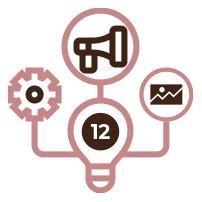
Evoke Archetypes Through Imagery + Words
Stimulating your audience’s senses through careful design is a powerful marketing strategy, and you can implement your brand archetype into your approach. Keep your brand archetype in mind as you choose brand colors, fonts, and logos, and as you pick out stock images to accompany your website and other promotional materials. (For help with this, as us about Miss Details’ Brand Snapshot service.)
Your brand archetype implementation doesn’t end with visuals, however. You can evoke your archetype through the words, phrases, and tone of your messaging. Spend some time thinking about the characters from books, film, and television who embody your brand archetype. How do those characters communicate? For instance, if you have an Explorer brand, you might ask yourself when writing content, “What would Indiana Jones say about this?”
Consider brainstorming words, phrases, and taglines that evoke your archetype. You might place them all in one document so you have it on hand for easy reference when creating content.
Branding Inspiration for Your Archetype
If this is your first introduction to using brand archetypes in your marketing strategy, or if you’re not sure where to start, you can use the following suggestions as a jumping-off point for inspiration. Find your brand’s archetype below for tips on colors, images, and taglines you can use in your marketing.

The Hero
Audience Desire: To better themselves and the world around them through bold, decisive action
Colors: Rich reds, deep blues, gold accents
Images: A runner, a soldier, a shining city under a blue sky
Tagline: Become the best version of you.
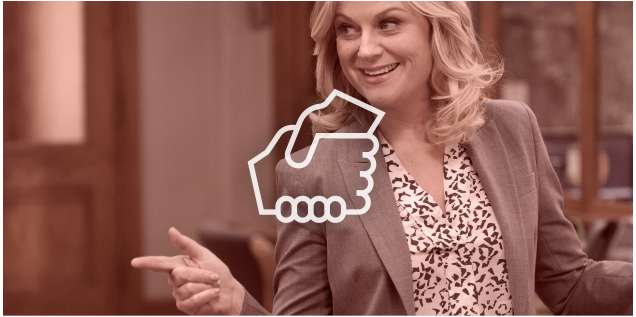
The Everyman
Audience Desire: To connect with others through community and shared experience
Colors: Warm earth tones
Images: A village, a farm, a crowded dinner table
Tagline: Welcome home.

The Innocent
Audience Desire: To achieve happiness through purity and kindness
Colors: Pastels or primary colors
Images: A child, a cute animal, a blue sky with fluffy white clouds
Tagline: Find the good in everything.
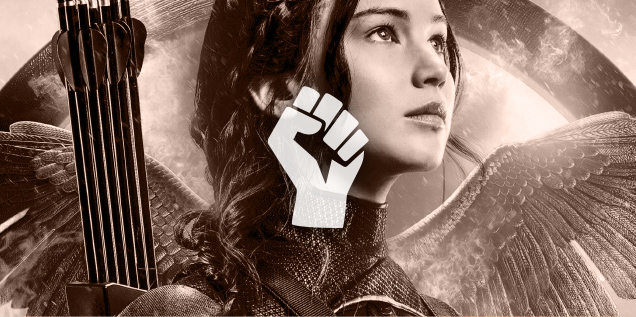
The Outlaw
Audience Desire: To make an impression by rejecting conventional rules
Colors: Moody dark tones, blood red, black and white
Images: A motorcycle, a leather jacket, a thunderstorm
Tagline: Break free.
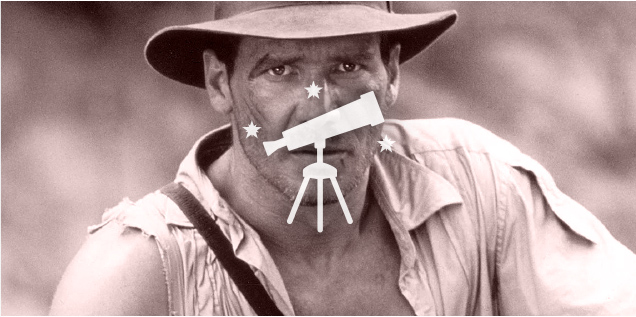
The Explorer
Audience Desire: To discover new horizons through curiosity and experience
Colors: Army green, deep blues, earth browns
Images: An evergreen forest, an unmarked trail, a wide horizon
Tagline: Explore the unknown.
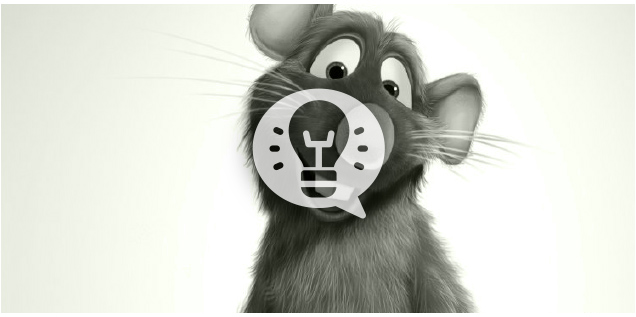
The Creator
Audience Desire: To manifest their vision through art and innovation
Colors: Bright, unique colors—the whole spectrum of a 96 Crayola box!
Images: A box of colored pencils, a protractor on paper, a set of building blocks
Tagline: Leave your mark on the world.

The Ruler
Audience Desire: To be the best in their field and influence others
Colors: Jewel tones: royal purple, emerald green, sapphire blue
Images: A luxury car, a golden crown, a towering skyscraper
Tagline: You deserve excellence.
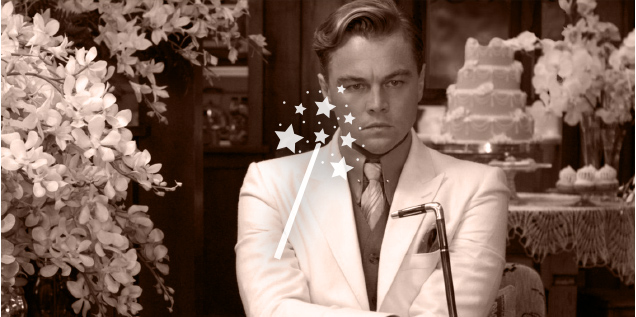
The Magician
Audience Desire: To see their wildest dreams realized though the power of transformation
Colors: Bright violet, midnight blue, silver + gold
Images: A bonfire, a full rainbow, fireworks in the night sky
Tagline: Anything you can imagine is possible.
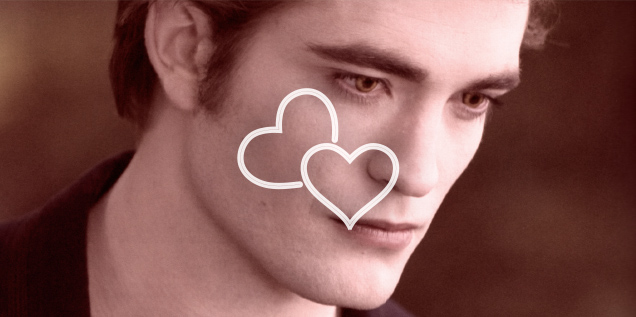
The Lover
Audience Desire: To build relationships through romance and seduction
Colors: Deep reds, velvety blacks, glittering silver
Images: A dozen red roses, a diamond necklace, sumptuous fabrics
Tagline: Give in to your desire.
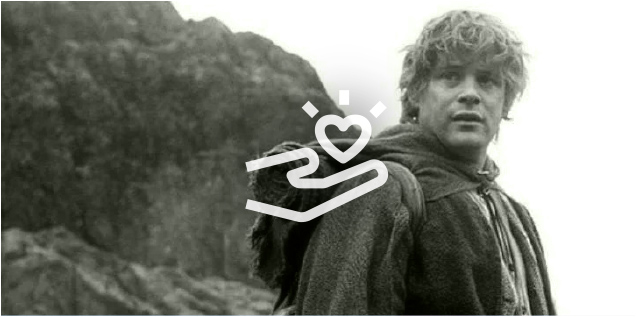
The Caregiver
Audience Desire: To protect others through selfless acts of service
Colors: Sky blues, warm yellows, sage greens
Images: An outstretched hand, a brightly lit kitchen, water flowing from a well
Tagline: We’re at our best when we help each other.

The Jester
Audience Desire: To spark joy in everyday life through laughter and mischief
Colors: Bright hues—sunshine yellow, kelly green, tangerine orange
Images: A circus tent, a roller coaster, a deck of playing cards
Tagline: Life is too short not to laugh.
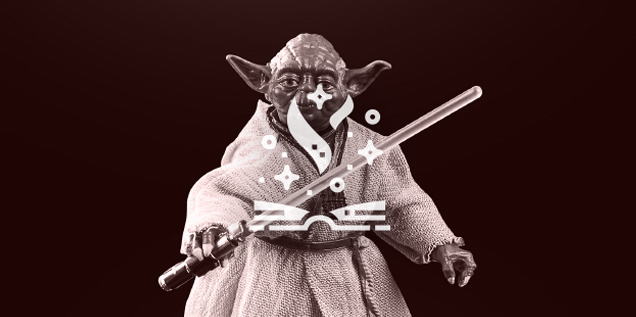
The Sage
Audience Desire: To seek wisdom and truth through careful reflection
Colors: Ocean blue, hunter green, off-white
Images: A gnarled oak tree, an open book, a leather chair in front of a fireplace
Tagline: Learn something new.
How Brand Archetypes Translate into Marketing
Toggle the image below from left to right to see how the brand archetypes translate into marketing and branding imagery.

Elevate Your Marketing With Archetypes
Archetypes aren’t just a footnote in a psychology textbook or a literary theory—they’re a terrifically effective marketing tool. By identifying the archetypes that best fit your brand and your audience, and by implementing those archetypes into your marketing strategy, you can build trust, recognition, and emotional connection, encouraging your audience to choose your brand time and time again.
Don’t want to miss out on our articles and insights?
Sign up for the Miss Details newsletter today.

